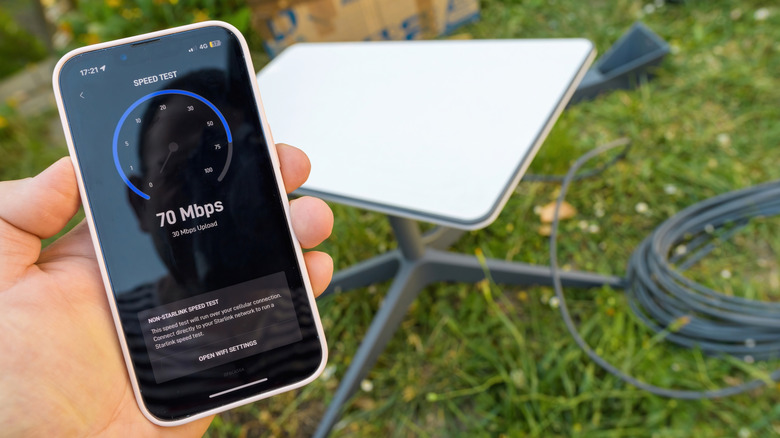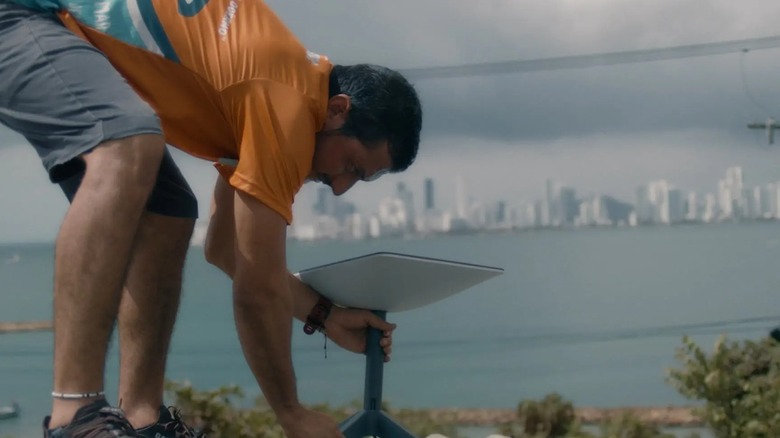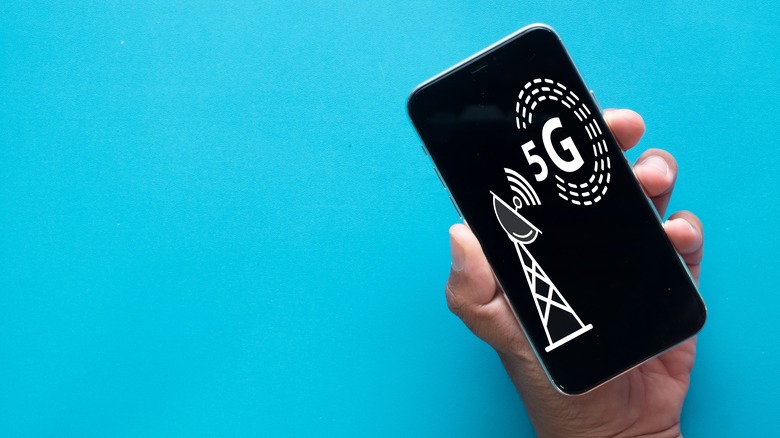Is Starlink Faster Than 5G? Here's What You Should Know
When it comes to fast wireless internet, there are two options often mentioned: Starlink and 5G. By now, you're probably already familiar with Starlink. The satellite internet provider opened its beta phase in late 2020 and now serves over five million users across the globe. It's one of the top choices for people in remote regions, where traditional wired and mobile internet are unreliable, if not nonexistent.
5G, on the other hand, is a mobile network technology initially introduced to phones in 2019. It quickly gained popularity among on-the-go users since it conveniently outperformed 4G and 3G. And now with the talks of 5G Advanced implementation, 5G speeds might become faster than ever.
The catch, though, is that 5G still has limited coverage, so Starlink becomes an obvious choice in those areas. But in locations that support both technologies, you might start wondering which would be the better choice. One question especially comes to mind: is Starlink faster than 5G? Well, the short answer is actually no. Here's a speed comparison between the two.
How fast is Starlink?
How fast your Starlink internet will be is highly dependent on what service plan you're using. The fastest one is the Residential, which is intended for users in a fixed location like rural homeowners or off-grid cabin guests. When on this subscription, you can typically expect downstream speeds ranging from 150 to over 300 Mbps and upload speeds of about 15 to 30 Mbps.
Meanwhile, Starlink's new Residential Lite plan for low-demand households and the Roam plans (10 GB, 50 GB, and Unlimited) for users on the all go offer similar performance. They can download content anywhere between 30 to 100 Mbps and upload content from five to 25 Mbps. Finally, Starlink's Priority plan, which is designed for businesses in motion, can deliver download rates of 50 to 220 Mbps and upload rates of 10 to 30 Mbps. In terms of latency, all Starlink plans share the same time delay of 22 to 41 ms within the continental US.
It's important to note, though, that the hardware you're using can also play a part in the speeds you'll get. Many users report that Starlink's own routers don't perform well from a distance. As tested by YouTuber DISHYtech, the Starlink Gen 3 router only provided 14.3 Mbps downlink and 13.2 Mbps uplink at roughly 80 feet away (with doors and concrete walls between). Right next to the router, the speeds were around 100 Mbps download and 25 Mbps upload. With the third-party router, he got 116 Mbps downlink and 11 Mbps uplink, a drop from 295 Mbps and 12 Mbps when next to the router but still a decent performance. That's why many users prefer enabling Starlink Bypass Mode and just using a third-party router. This, of course, is all anecdotal, and your experience could vary.
How fast is 5G?
Compared to Starlink, 5G offers significantly higher speeds. According to Qualcomm, one of the champions of the technology, 5G can theoretically go as fast as 20 Gbps. Actual speeds, however, are way less than that but are still a big leap from Starlink's speeds. For instance, most of T-Mobile's plans provide download speeds of 89 to 418 Mbps. Upload speeds range from six to 31 Mbps, and latency falls around 17 to 32 ms. For Verizon, download speeds on the 5G network can reach 900 Mbps to 1.3 Gbps, while upload speeds are somewhere between five and 75 Mbps, depending on the plan. Meanwhile, AT&T users enjoy 53 to 474 Mbps downlink rates and three to 33 Mbps uplink rates.
5G technology has lower latency, with delays as quick as just 1 ms. This is largely thanks to the shorter distance the data signal needed to travel. For 5G, it's only a couple of miles between your phone and the closest mobile network base station. But for Starlink, there are more than 300 miles between your dish and the low-earth orbit satellite network that Starlink uses.
But just because you see the 5G, 5G UW, 5GA, or 5G UC icon on your smartphone doesn't mean you'll automatically get gigabits per second worth of speeds. Even if your provider makes such claims, don't expect the experience to be the same all the time. 5G can be affected by a lot of factors. For one, the technology of the cell site you're connected to can influence service performance. It might not be the fastest 5G network, so you won't get the fastest speeds either. Besides cell site technology, your device hardware might not be capable of supporting these speeds. Cell site congestion, surrounding obstacles, and distance to the cell site also contribute to the actual speed.


